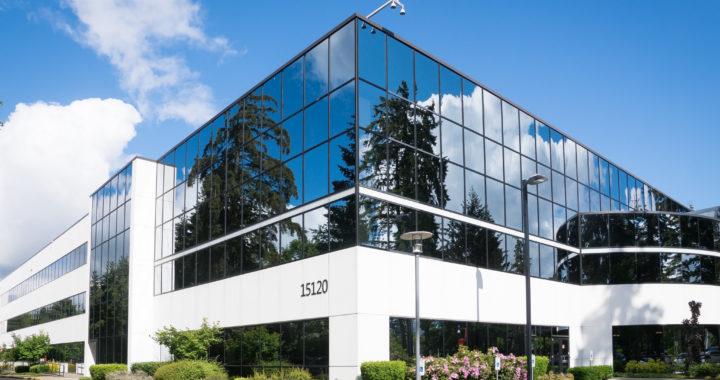By Robert Gaudreault
One successful routine is having the clients present at the inspection. Not just arriving near the end, but actually being there from start to finish. When the client is at the property from the beginning, I have an opportunity to connect with the client.
I introduce myself and give them a brief overview of the process. Then I let them know that I will be on my own for the first part of the inspection and I will walk them through the property toward the end. I advise them that while they are free, they should get to know the property and “kick the tires,” so to speak. I encourage them to pull me aside as they discover things about the property and ask me about anything they’re concerned about.

In most cases, when they’ve had a chance to explore the property, I have their undivided attention when I’m ready for the debrief and walk-through. Part of this consultation will be on my computer as I go over the photos of the attic and crawl space, and indicate any deficiencies or defects. Then I walk them through the property, and point out the location of the main shut-offs, in addition to showing them the visible deficiencies I have flagged. I’ll often give them maintenance tips on the properties systems.
When clients arrive near the end of the inspection, the inspector is challenged due to the client’s unfamiliarity with the structure and their desire to look around. The result is that their focus is elsewhere. For instance, they are wondering where they should place the desk or whether the parking is adequate. This is because they haven’t had a chance to do their own inspection of the property to ensure it will work for them.
When the clients are present and they arrive early enough, they have a chance to get comfortable with the property and the inspector. Bonding time can go a long way to build the client’s confidence that they made the correct decision in choosing the inspector and, by fully comprehending the debrief and walk-through, they will have enough information to make the right choice regarding the property.
In those cases that the client just can’t be present, we encourage a verbal debrief by phone.
It’s a big investment. It’s worth the time the client puts in.
• General physical inspection of all types of commercial properties.
• Sewer line inspections with video.
• Specialized inspections utilizing Infrared Technology.
• Mold & Moisture inspections.
A properly conducted PCA provides vital information which could reduce risk, as well as costly surprises.
Robert Gaudreault, ASHI, CREIA, MCI
State Contractors License #488726
- ASHI, ASTM E2018, ICC & Infrared Certified
- CREIA member since1998
- CREIA’s highest certification (MCI)
- Construction Management degree from UCLA
- Licensed General contractor & C29 in Masonry
- Former president of the SGV CREIA chapter
- 45+ years experience in construction
- 20+ years inspecting commercial properties
Additionally, our consultants:
- Provide onsite consultation
- Carry Errors & Omissions + General Liability

